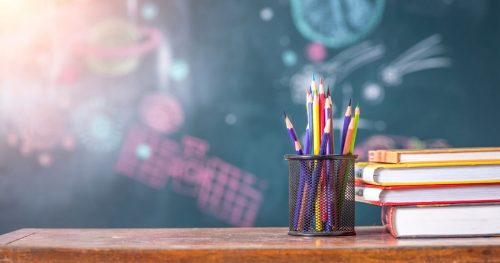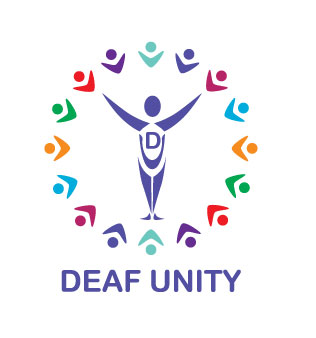
With the school year ending, or fizzling out, and a new one starting, some parents might be making choices about the next school your deaf child will attend. You may be seeing phrases like ‘oral’, ‘total communication’ or ‘bilingual’ and wonder what they mean. ‘Bilingual’ seems to have some people scratching their heads, as they wonder how a deaf person can be fluent in more than one language.
What does a Sign Bilingual Approach mean in education?
In terms of education, a Sign Bilingual Approach means that teaching and learning take place in two languages: one being sign language and the other English, for example.
In 2007 this was redefined as:
“A sign bilingual child is one who uses two or more languages in their daily life, at least one of which is a sign language. Sign bilingual education is an approach to the education of deaf children which, in the UK, uses BSL and English.” (Swanwick and Gregory, 2007)
This might take the form of BSL being used for instruction, with students writing and responding in written English. For those that have some functional hearing, this may also involve times when they use their hearing to listen or their voice to respond.
For many deaf children, learning English is like learning a second language. Doing so in an integrated way from an early age, ensures they gain the skills of reading and writing at the same pace as their hearing peers.
In this approach, both BSL and English are treated as two separate languages, both being equal and distinct. Teachers and staff do not sign in an English way with or without voice (SEE or Total Communication), nor do the children learn to write using a BSL structure. If this is done, it defeats the purpose of the approach and children will be worse off in many ways than if they had learnt one of the languages properly.
What are the benefits of a Sign Bilingual education approach to your Deaf child?
In a bilingual environment, the languages and the cultures that come along with them are promoted and celebrated. This means that children learn to be proud of their heritage and their membership of the Deaf Community, whilst learning the skills of reading and writing, and speaking and listening if that is available to them.
An essential element of this approach is that they are exposed to both languages at school, but also at home. For any child to learn, grow and thrive, they need to be able to access formal education at school, along with informal education at home through discussions, discreet learning with their family and being exposed to ideas and values in the course of their everyday life. Parents and siblings are encouraged to get a good grasp of BSL so that learning can continue at home. This has become even more vital now that home-schooling has become the only option for many children to learn.
How do schools structure a Sign Bilingual environment for Deaf children?
Different schools approach structuring a bilingual environment in different ways. Frank Barnes School, a bilingual school in London, choose a bilingual approach. Their website says they chose this approach as they “want our children to be bilingual so that they are comfortable in both deaf and hearing communities.”
They start early on: “Our children in the Early Years Foundation Stage (EYFS) start using BSL naturally, at a very early age. This enables them to develop age-appropriate language skills, the EYFS Curriculum and National Curriculum levels of attainment, as they move through the school. We provide a language-rich environment, which means our children can become equally fluent in both BSL and English.”
So that parents, children and professionals understand the approach of bilingual education, they also provide many resources on their website.
Whatever approach you choose for your child’s schooling, introducing them to the Deaf Community will provide pastoral, emotional and social support that will be vital to your child’s growth.
Who is in the Deaf Community?
The Deaf Community is made up of signers, those who lip-read, those with cochlear implants and hearing aids and those with additional disabilities. Providing role models in whom the child can see themselves will help to grow their self-esteem and their identity as they navigate owning their deafness.
What are your experiences of school and sign language? What factors did you have to weigh up when choosing your child’s school? Let us know in the comments and on our social media platforms.

